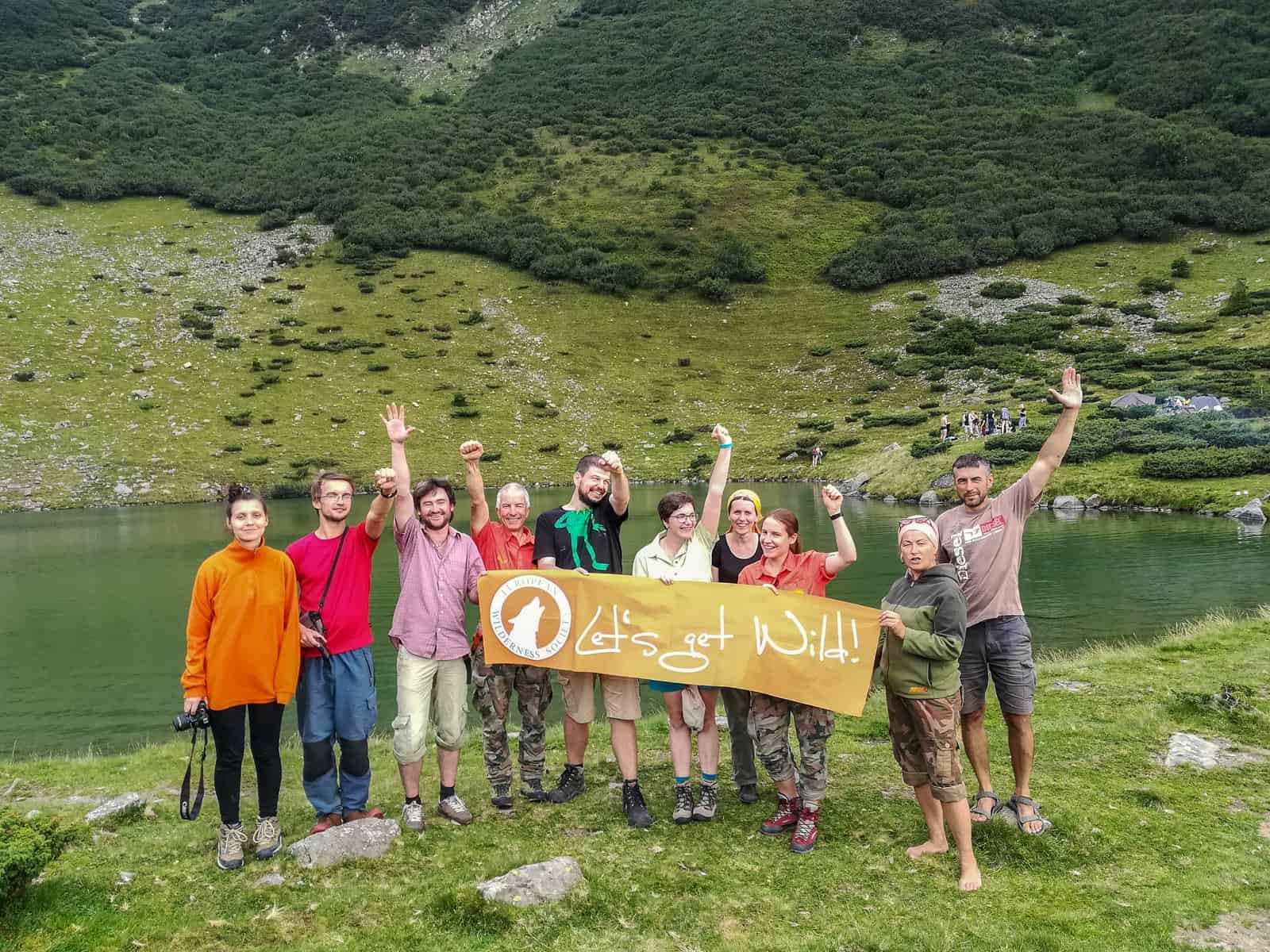Wolves and other Austrian wildlife under pressure
Since 7th January, Austria is ruled by a coalition of the conservative ÖVP and the Green party. The Green party intentionally made a lot compromises in social and migration policy to gain control over the new ‘super ministry’ of climate, environment, energy, mobility, innocation and technology. So, many nature enthusiasts hope this will start a new era of nature conservation in Austria. Which is needed, because several political discussions and decisions across the country throughout the last year put Austrian wildlife in jeopardy.
Please also read: First Bear In Germany In 16 Years
Discussion about wolf culling in Salzburg
Even though wolves are thriving in most neighbouring countries of Austria, no stable population could establish here yet. There were around 30 wolves in Austria in 2018. However, wolf packs could only established close to the Czech border. Everywhere else in Austria, wolves just occur as roamers. Nevertheless, discussions about the wolf are overheating around the country. In the state of Salzburg, some people are already demanding a lift of the protection of the wolf, although there is no permanent wolf population in Salzburg. Their main argument are attacks on livestock by wolves roaming through Salzburg, which endangers pastoralism in their eyes. In the end of 2019, this issue was even discussed in the state parliament of Salzburg. Luckily, Austrian and EU law guarantee the protection of the wolf, tying the hands of politicians.
Already in 2018, the current discussion lead to a resolution to the European Comission by the ‘EuRegio Salzburg – Berchtesgadener Land – Traunstein’, an Austrian-German trans-boundary organisation. It demanded to loosen the protection of the wolf to allow wolf-free zones. A response by the European Commission made it very clear that the Habitat Directive will not be changed and that wolves can only be killed on a case-by-case basis, when all other measures did not work.
Agriculture before wildlife in Tirol
The situation is similar in the neighbouring state of Tirol. High-level farming lobbyists and politicians argue that shooting wolves and bears is the only way to protect pastoralism in the Alps. For some, population control is not enough. They demand that Tirol has to stay a ‘wolf-free zone’.
NGOs like WWF criticize that authorities have left the farmers alone and are now looking for quick fixes. Bears and wolves regularly roam through Tirol since 2002 and 2009, respectively. So, there was more than enough time to establish livestock protection, enabling a coexistence of pastoralism and large carnivores. But livestock protection was often dismissed as impossible or too expensive in Alpine terrain.
National Park at risk in Kärnten
Situated on the tri-border of these two states and Kärnten is the National Park Hohe Tauern. An agreement between politics, land owners and hunters regarding the part of the park in Kärnten created a stir in the beginning of 2020. The agreement states that Large Carnivores will be exempted from active conservation measures and research in the park. This would degrade them to ‘second-class species’, which stands in stark contrast of the principles of a National Park. The signatories argue that this does not change the status quo. Hunting of these species is still not allowed in the park and conservation measures on the concerned species were also not conducted before.
We are shocked. If the released information about the agreement is true, it means the end of the National Park concept.

Nevertheless, this agreement seems to break a series of regulations, from the Austrian law for National Parks to the European Habitat Directive and the requirements of IUCN. Hence, the National Park management announced that it has not signed the agreement and disagrees with its content. WWF and the ‘Umweltdachverband’, the umbrella organisation of environmental NGOs in Austria, also declared their disagreement and consider legal action. Even the IUCN issued a statement expressing ‘deep concerns’ about the agreement. The statements makes clear that Large Carnivores are a crucial and natural part of Austrian wildlife and cannot get different treatment than any other species.
NGOs demand more protection of Austrian wildlife
While many hoped that protection of Austrian wildlife would become a focus under the new government including the Green party, it seems like the Green party focuses on climate rather than wildlife. Hence, WWF, Birdlife and the University of Vienna reminded the government that a green economy must be combined with the protection of wildlife. While Austria likes to present itself as an Alpine nature paradise, there are many environmental issues. Vertrebate populations decreased by 70% since 1986 and 60% of all reptile and amphibia species are endangered. Austria has become coal-free in April 2020 mainly thanks to hydropower. However, only 15% of all rivers in Austria are intact and 21% of all hydropower plants fulfill environmental standards.
There is a lot of talk about climate protection, but very few about biodiversity. There is not enough attention for our ecosystems, which are on the edge. Sepecies and climate protection are equal.

There is poaching like crazy and nobody cares.

To protect Austrian wildlife, they suggest to create new National Parks and a biodiversity fund, promote natural forests and improve sustainable development in the Alps.
Conflict of city against countryside?
These conflicts also show an overarching problem. While Green parties around Europe gain votes, these votes mostly originate from cities. Studies have shown that nature conservation is a more important topic for city dwellers compared to the rural population. In rural areas on the other hand, where conservation takes place, conservative parties are often much stronger. And their focus is agriculture and to a lesser degree hunting and fishing, not conservation.
Once again, nature conservation is more an issue amongst humans than between humans and nature. Solutions can be only be found through a societal compromise.









